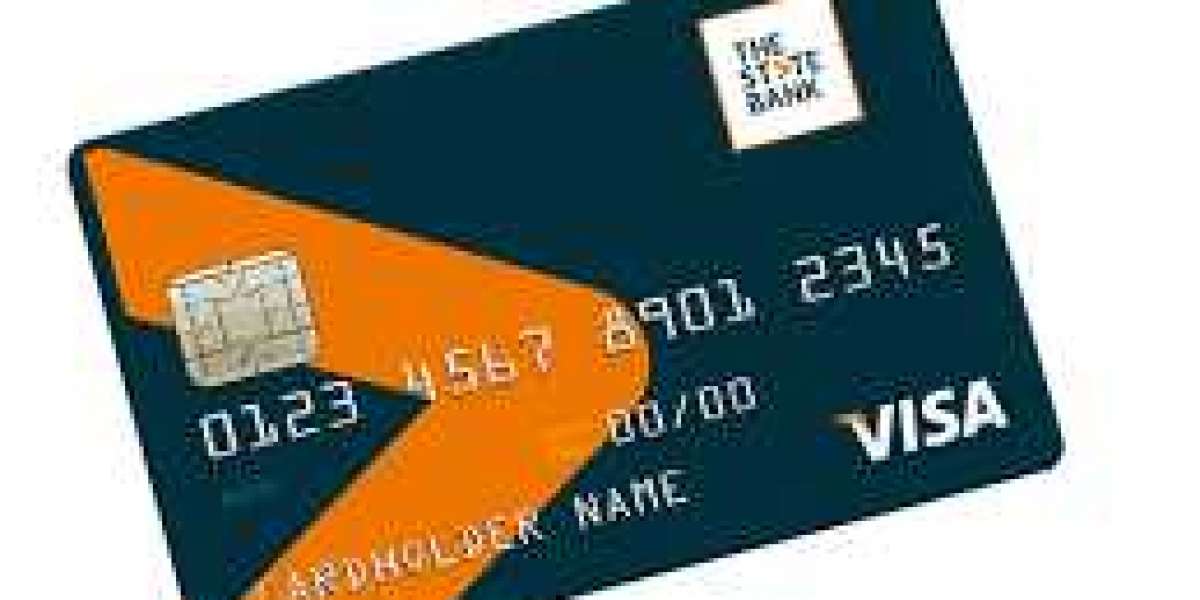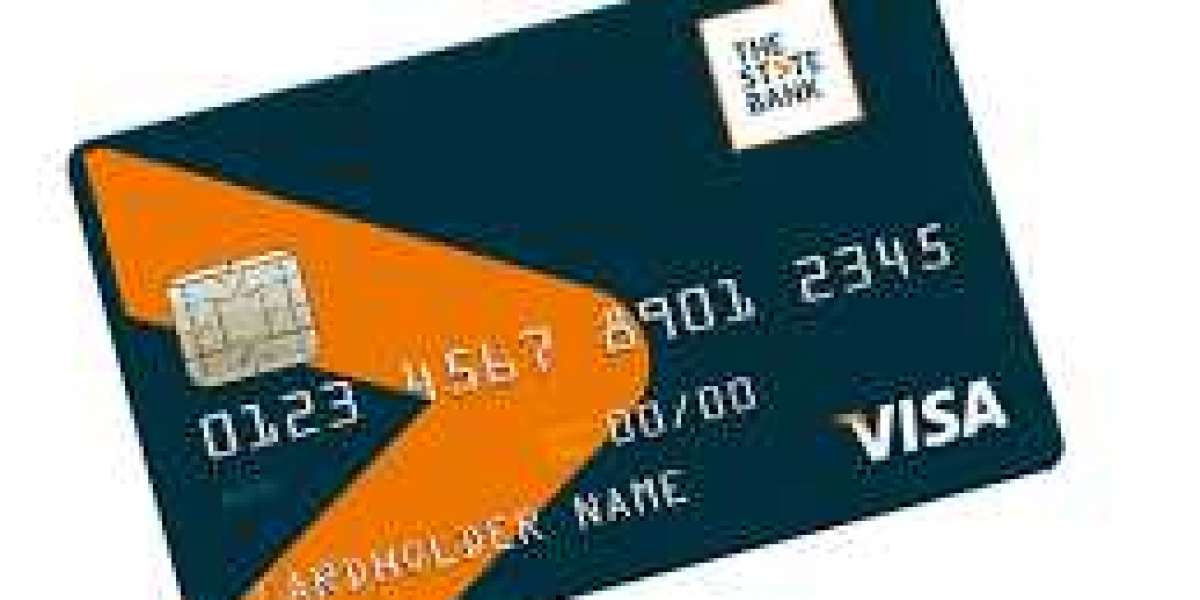Emergencies can happen at any time, and having the right first aid supplies on hand can make all the difference. Whether it’s a minor cut, a sprain, or a more serious situation, a well-prepared first aid kit gives you the tools to handle medical issues quickly and effectively before professional help arrives. But what exactly should you include in your kit? Let’s break down the essential first aid equipment you should always keep on hand to ensure you’re ready for whatever comes your way.
1. Bandages and Dressings
One of the most basic yet essential first aid supplies is a variety of bandages and dressings. These help protect wounds from infection, control bleeding, and promote healing. Your kit should include:
- Adhesive bandages (various sizes)
- Gauze pads
- Sterile dressings
- Roller bandages
These are perfect for treating cuts, scrapes, blisters, and more. Having a range of sizes ensures you’re equipped to handle everything from small nicks to larger wounds.
2. Antiseptic Solutions and Wipes
Cleaning a wound is the first step in preventing infection. Make sure your first aid kit includes:
- Antiseptic wipes
- Hydrogen peroxide
- Rubbing alcohol
- Antibacterial ointments (like Neosporin)
These are used to clean the wound area before applying a bandage or dressing. Keeping the wound clean can reduce the risk of complications and speed up the healing process.
3. Tweezers and Scissors
Tweezers and scissors are small but mighty pieces of first aid equipment that can come in handy for several situations. Tweezers help remove splinters, ticks, or debris from wounds, while scissors allow you to cut bandages or gauze to the right size. Both should be sterilized before use, so consider having alcohol pads nearby for cleaning.
4. Pain Relievers
Over-the-counter pain relievers are an essential part of your first aid supplies, especially for managing discomfort from injuries or fever. Your kit should have:
- Ibuprofen (Advil)
- Acetaminophen (Tylenol)
- Aspirin (can also be used in cases of a heart attack)
Be mindful of any allergies or medical conditions that might affect which pain relievers are safe to use.
5. Cold and Hot Packs
Cold and hot packs are crucial for treating injuries like sprains, muscle pain, and swelling. Cold packs help reduce inflammation and numb pain, while hot packs improve circulation and ease muscle stiffness. Instant cold packs are especially useful in emergencies, as they don’t require refrigeration.
6. Elastic Bandages
Elastic bandages (like Ace bandages) are essential for providing support to sprained joints or wrapping injuries to reduce swelling. They’re versatile and can be used for many purposes, from immobilizing a sprained ankle to securing gauze over a wound.
7. CPR Mask or Face Shield
If you ever find yourself needing to perform CPR, a face shield or mask is a must-have. This piece of first aid equipment protects both the rescuer and the person in need of help by creating a barrier that reduces the risk of infection during mouth-to-mouth resuscitation.
8. Medical Gloves
Protecting yourself is just as important as helping the injured person, which is why medical gloves are a vital part of your first aid kit. Disposable latex or nitrile gloves help prevent contamination and protect against infections when treating wounds or coming into contact with bodily fluids.
9. Thermometer
A thermometer allows you to accurately monitor a fever, which is especially important if someone has an illness or infection. Digital thermometers are quick and easy to use, and they provide clear readings, making them a great addition to your first aid supplies.
10. Emergency Blanket
An emergency blanket, also known as a space blanket, is a lightweight, reflective blanket used to prevent hypothermia in emergencies. It’s especially useful in outdoor situations or if someone is in shock after an accident.
11. First Aid Manual
Even if you’re familiar with first aid, a manual can be a great resource during stressful situations. A good first aid manual will provide clear, step-by-step instructions on how to handle common injuries and emergencies, helping you stay calm and focused.
Why It’s Important to Stay Stocked and Organized
Having all the right first aid supplies is one thing, but keeping them organized and regularly checked is another. Make sure your kit is:
- Easily accessible: Everyone in your household or workplace should know where to find it.
- Well-stocked: Replace items as soon as they’re used or if they expire.
- Tailored to your needs: Add any additional medical supplies that fit the specific needs of your family or workplace, such as allergy medications or a child-specific thermometer.
Conclusion
Investing in a high-quality first aid kit with essential first aid equipment can be a lifesaver, whether you’re at home, work, or on the go. By being prepared with these supplies, you can handle minor injuries and potentially life-threatening situations with confidence. For reliable, affordable first aid supplies, check out the wide range of options available at MedGuard. With their trusted selection of first aid equipment, you’ll have peace of mind knowing you’re prepared for anything life throws your way.






